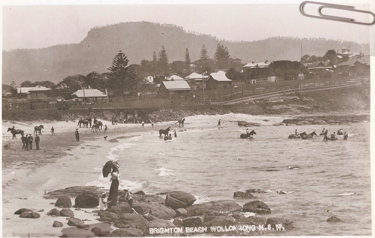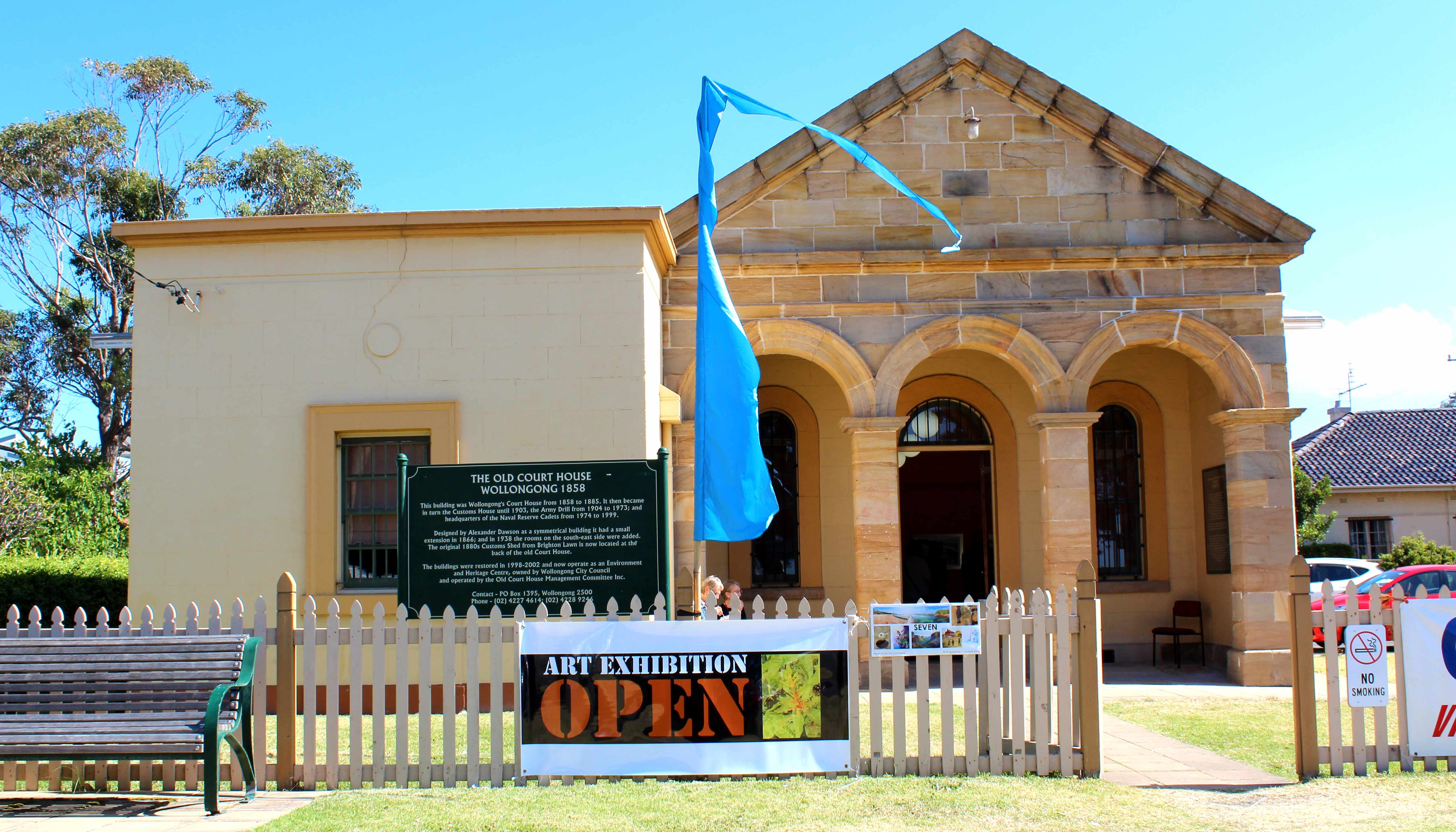

This timeline represents major significant government changes within the Wollongong region, dating back from 1830.
1830 - The police barracks including prison boxes, Courtroom
and Commandant’s Residence along with stables and sheds were
built by convict labourers under the supervision of the contractor for the military, Mr C. O’Brien. The convicts lived in huts by themselves on the sandbanks. The Barracks and Commandants house were officially opened with great ceremony on 27th July 1830. The arrival of a permanent military force, and the construction of government buildings adjacent to the harbour marks the establishment of this area as the main commercial and administrative centre for Wollongong.
By 1832 - Government Cottage & grounds established on headland.

1835 – Wollongong’s first courthouse erected by George Brown.
1858 – Municipalities Act provided two guiding principles: voluntary
(Illawarra Mercury newspaper article detailing plans for the New Courthouse)

incorporation via petition by as few as fifty householders to the Governor; and the selection of municipal boundaries by the petitioners themselves. Restricted the municipal vote to property owners – the ‘ratepayers’ franchise’. Wollongong’s first mayor, John Garrett. Court House near Wollongong harbour opened. This building remains on that site at the corner of Harbour Street and Cliff Road. Now owned by Wollongong City Council, the Old Court House Management Committee, which restored it in the 1990s, operates the building.
1859 - Two local government areas formed. Wollongong Municipality was proclaimed on 22 February. Central Illawarra Municipality formed on 19 August. Contractor McBeath gained the contract to build a new gaol beside the courthouse in April 1859.
1867 – Revised Municipalities Act withdrew the franchise from women and provided up to four votes to each ratepayer, depending on the value of their property. This ensured that the local government remained within the grasp of the wealthier.
1870’s – For water, populations relied upon tanks or supplies by water carts drawn from supply holes sunk in nearby flats, which also served as a deposition site for sewerage. The public health issue was clear.
1885 - A new courthouse on a site in Market Street close to the centre of the commercial sector was completed in 1885 for 12000 pounds. After extensive and sympathetic additions in the 1970s, this building still fulfills its traditional role as the courthouse for Wollongong.
Prior to 1906 Local Government Act – Governments restricted the ability of municipalities to raise funds, failed to provide adequate infrastructural funding and allocated the funding it did provide in a way which reinforced the greatly uneven access different councils enjoyed to rate revenues. The law failed to provide for cooperation among neighbouring councils, most of which governed an area too small to provide for local needs.
1906 – Premier Joseph Carruthers’ established the modern form of local government in New South Wales. Electors in each municipality were to elect two or three councillors. Elections for each position were every three years. Voting was voluntary and open to almost all adult tenants and occupiers as well as property owners, but the latter had the opportunity to vote in every area where they held property. Development of the Labor Party in Wollongong brought modern party politics into a local government arena.
1930’s – The Communist Party developed as the other effective modern party involved in local government in the area.
1947 - City of Greater Wollongong formed by the amalgamation of the City of Wollongong, the Shires of Bulli and Central Illawarra and the Municipality of North Illawarra under the Local Government Act, 1919 in the NSW Government Gazette 104 of 12 September 1947.
1974 - The Naval Cadets relocated to the Drill Hall, now known as the Old Court House, on Cliff Road opposite the Harbour. They were based there until 1998, when new facilities were made available for them at Lake Illawarra. During the Cadet’s use of the Old Court House, they kept their boats in the 1954 Navy League building until it was demolished for the 1984 Flagstaff Hill Ramp Road.


